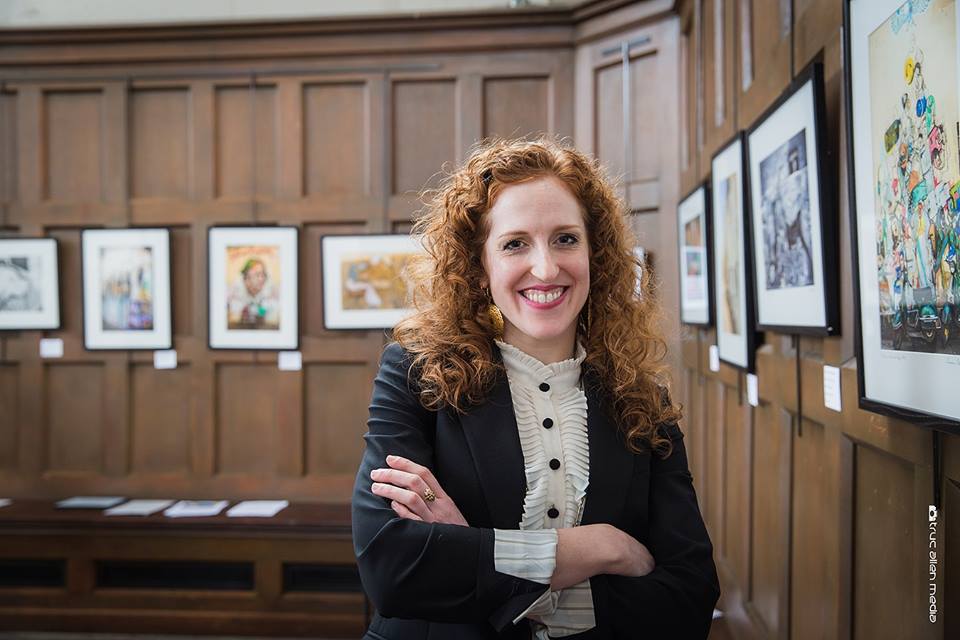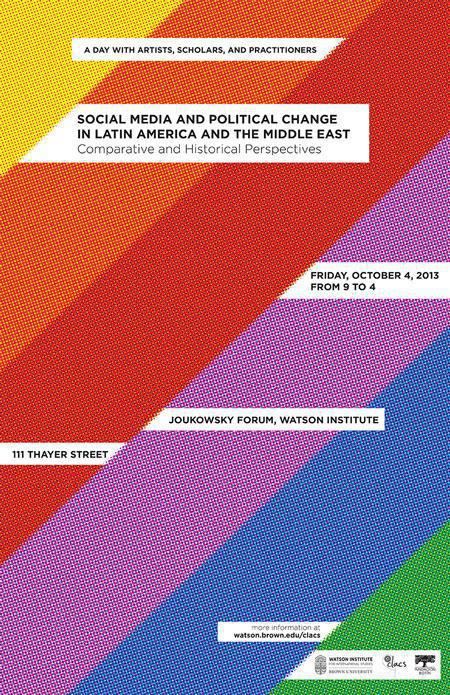Dear Friends, Family and Fellow Travelers
I’m tremendously excited to announce that I will be speaking that the American Research Center in Egypt (ARCE)’s Northwest Chapter on December 3rd at the University of Washington. I will be lecturing on the use of ancient Egyptian iconography in the Arab Spring street art. Speaking at the very prestigious American Research Center in Egypt is a dream com true, though not quite how I expected.
Started in 1948, the American Research Center in Egypt (ARCE) is a nonprofit organization which supports research on all aspects of Egyptian history and culture, encourages broader knowledge about Egypt among the general public, and strengthens American-Egyptian cultural relations. ARCE funds many of the top archaeology research and conservation projects in Egypt. Its work is critical in both learning about Ancient Egyptian culture, but also in preserving the antiquities. ARCE is one of the most prestigious organizations in the archaeology field – not just in Egyptology. You can thank them for the fact that you can still walk the halls of Karnak. get up close and personal with the New Kingdom Pharaohs in the Valley of the Kings, that we know that slaves (and aliens ) did NOT build the pyramids, any many other of the major archaeological finds and also that the sites are preserved enough for us to visit them.
I attended my very first ARCE lecture as an archaeology student at the University of Washington. I was studying Egyptology; it was exciting to be able to listen to presentations by top Egyptologists. I attended as many ARCE lectures as I could, listening to research by greats such as Dr. Mark Lehner, Dr. Kent Weeks, Gay Robbins, Dr. Salima Ikram, and many others. I attended my first ARCE conference shortly after graduating university when the annual ARCE conference was held in Seattle. Attending presentations by Dr. Mark Lehner (We can thank him for pretty much everything we known about the workers who built the Great Pyramid.) and Dr. Gunter Dreyer (His work at Abydos and Umm el-Qa’ab is legendary. Without Dr. Dreyer we’d know very little about the earliest, most powerful Pharaohs.) were two big bucket list items I was able to check off at this conference. I thought that someday I might speak at ARCE through archaeological research and study. Then life took me down another path — to climbing, running a magazine, traveling and photography. Life has a funny way of coming full circle in the most unexpected ways.

Dug up this old photo from the 2008 ARCE conference. Making new archaeology friends and sharing a love for Egyptology. Photo: Genevieve Hathaway.

Seeing the legendary Dr. Gunter Dreyer speak. We can thank him for knowing so much about the first dynasty pharaohs. Photo: Genevieve Hathaway





